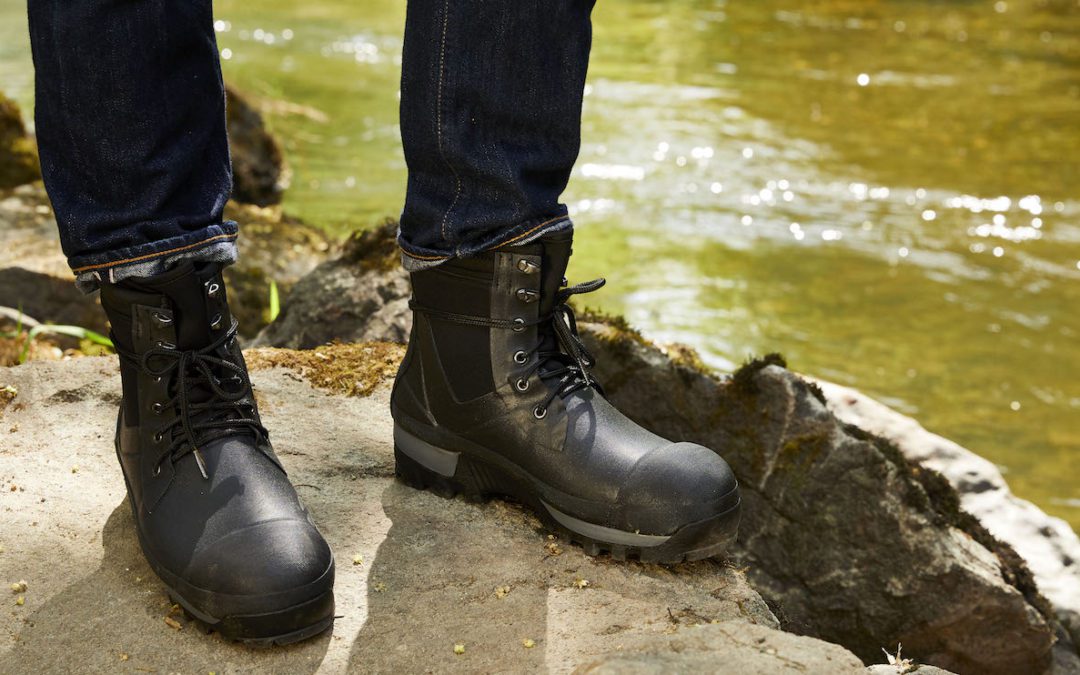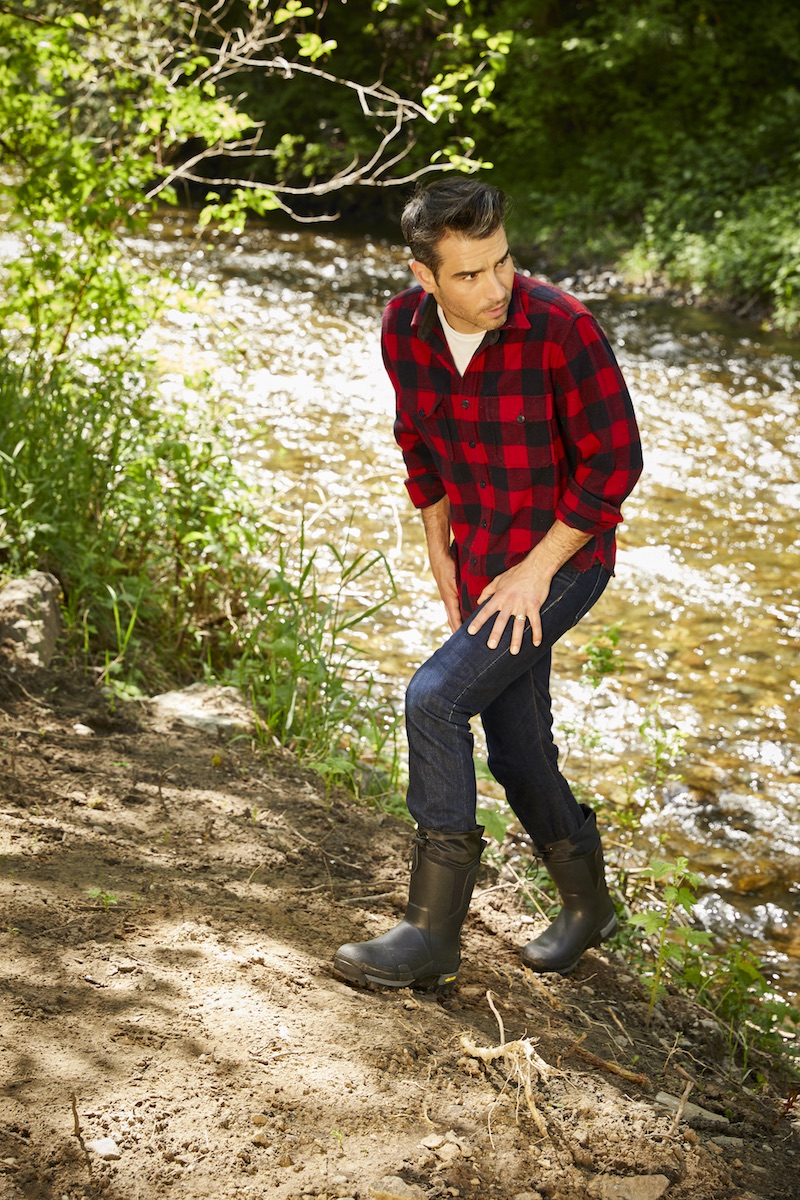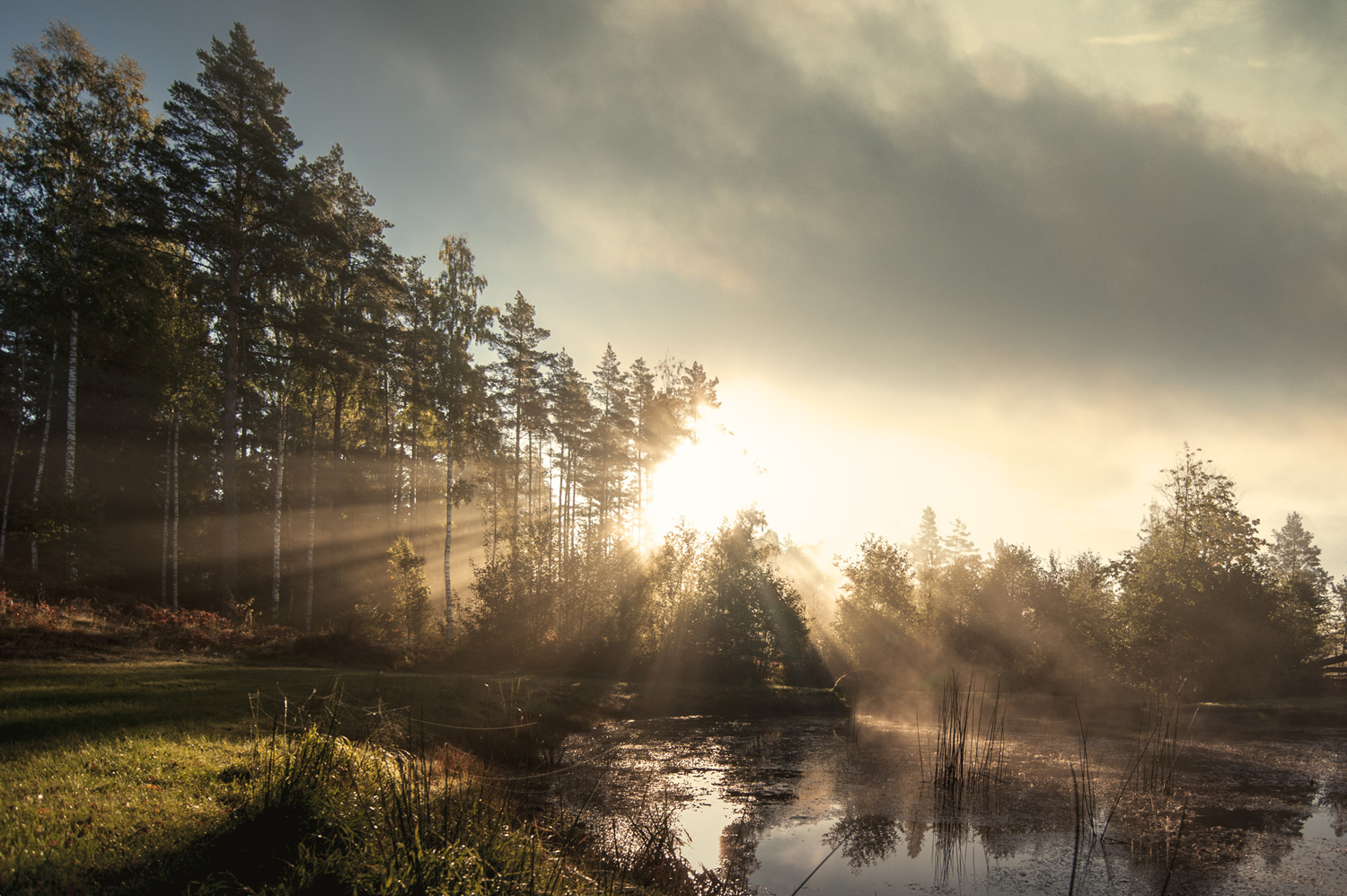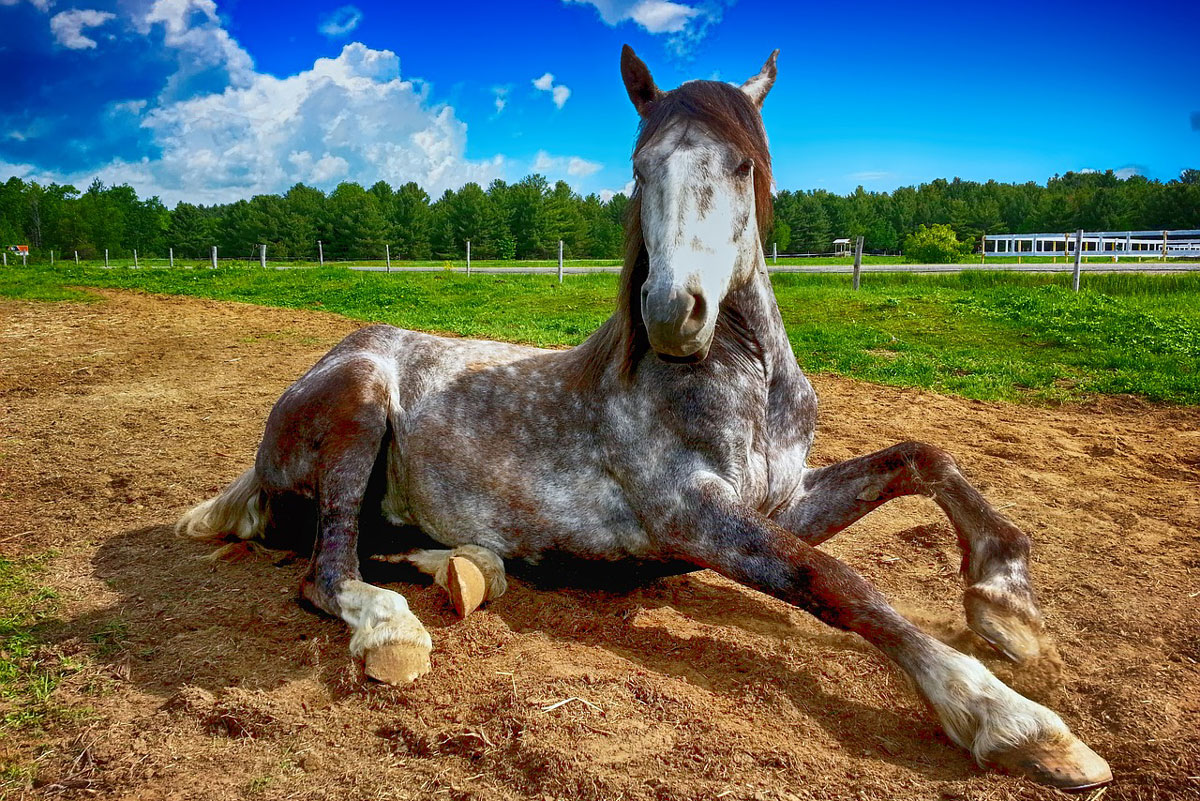SPONSORED CONTENT
Choosing the right men’s rain boots for certain conditions was thoroughly impressed upon me many years ago while filming a deer hunt on Quebec’s Anticosti Island. This boreal beauty in the mouth of the St. Lawrence River is literally a land that time forgot with thick spruce forests, fossils you can pick up by the handful, bountiful streams, mires, bogs and lots of wet, soggy ground. It rains there a lot, but the deer hunting is fantastic.
“Bring good rain boots,” my outfitter repeatedly cautioned. Most of the time we would be still-hunting our way through the forest, quietly wading shallow streams or padding across peat moss bogs in hopes of sneaking up on a buck.
We chartered a small private plane to take us from Quebec City to Port-Menier on the northern tip of the island, so space was at a premium. To keep my luggage sparse, I opted to wear my rain boots as I connected through various airports and packed light slippers to wear while inside the lodge. Thinking I had sufficiently heeded my outfitter’s advice about good rain boots, I chose a slip-on “guide” style of rain boot with a rubber lower stitched to a mid-height leather upper.
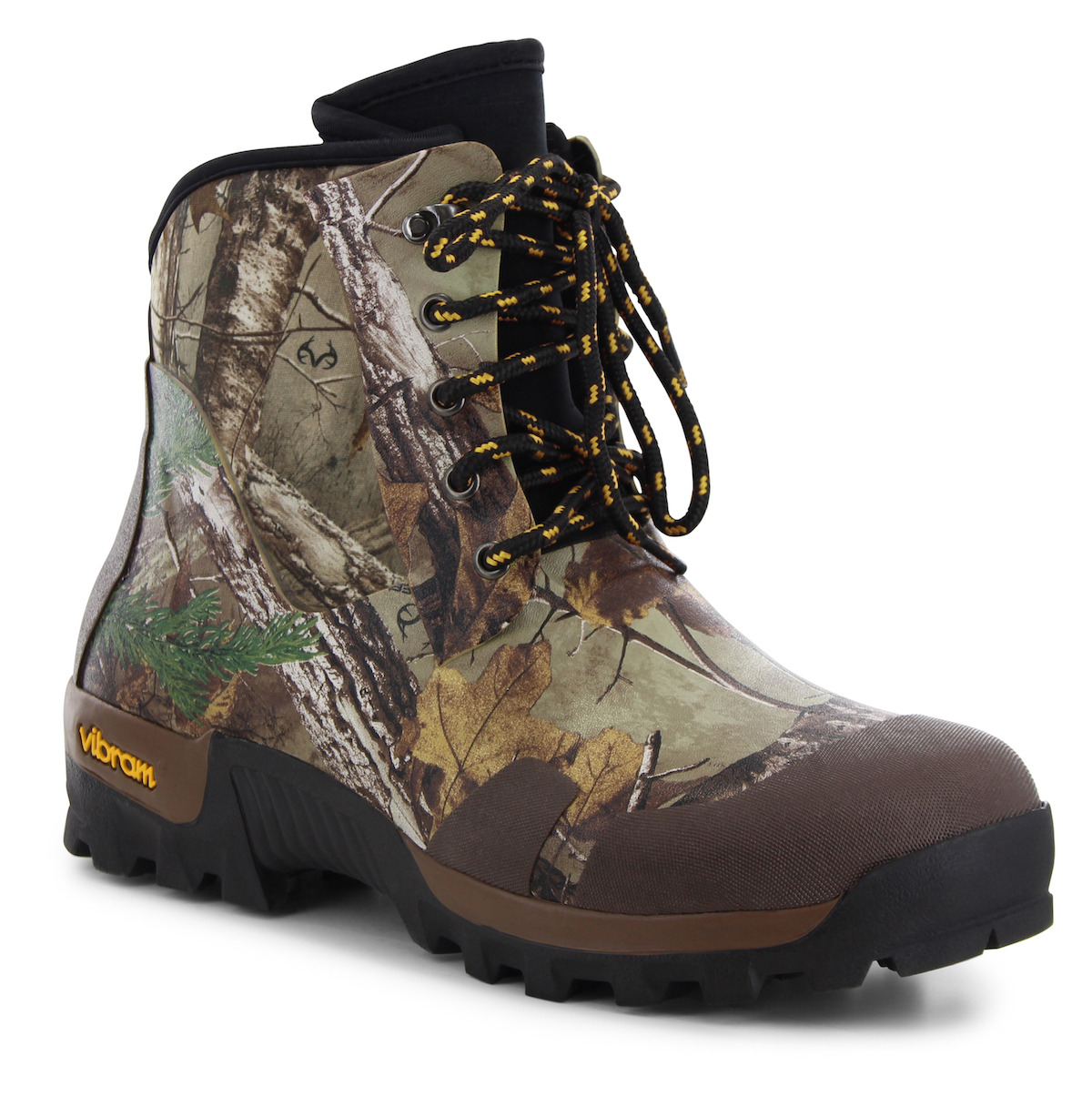
Western Chief rain boots come in whole sizes because the product is handmade and it’s difficult for rubber to be an exact insole length each time.
It hadn’t occurred to me that the hundreds of little needle holes and thin, albeit double, stitching could be a liability but, sure enough, on the second day of a seven-day trip, the upper separated from the lower as I pulled on my right boot leaving me with little more than a rubber slipper.
I tried hunting wearing that slipper, but I was miserable. It wouldn’t stay on and I kept stepping out of it or leaving it stuck in mud. I might as well had been wearing a bucket on that foot filled with cold water, moss and grit.
Fortunately, one of the guides was going into Port-Menier the next evening and said he could get me a pair of boots. Since the locals are so accustomed to dealing with wet weather, I envisioned he’d return with something good like a pair of Western Chief mid-height neoprene boots that would not only keep my feet comfortably warm and dry, but had the added benefit of a Vibram outsole so I’d have a better grip on the slimy rocks hidden under the moss.
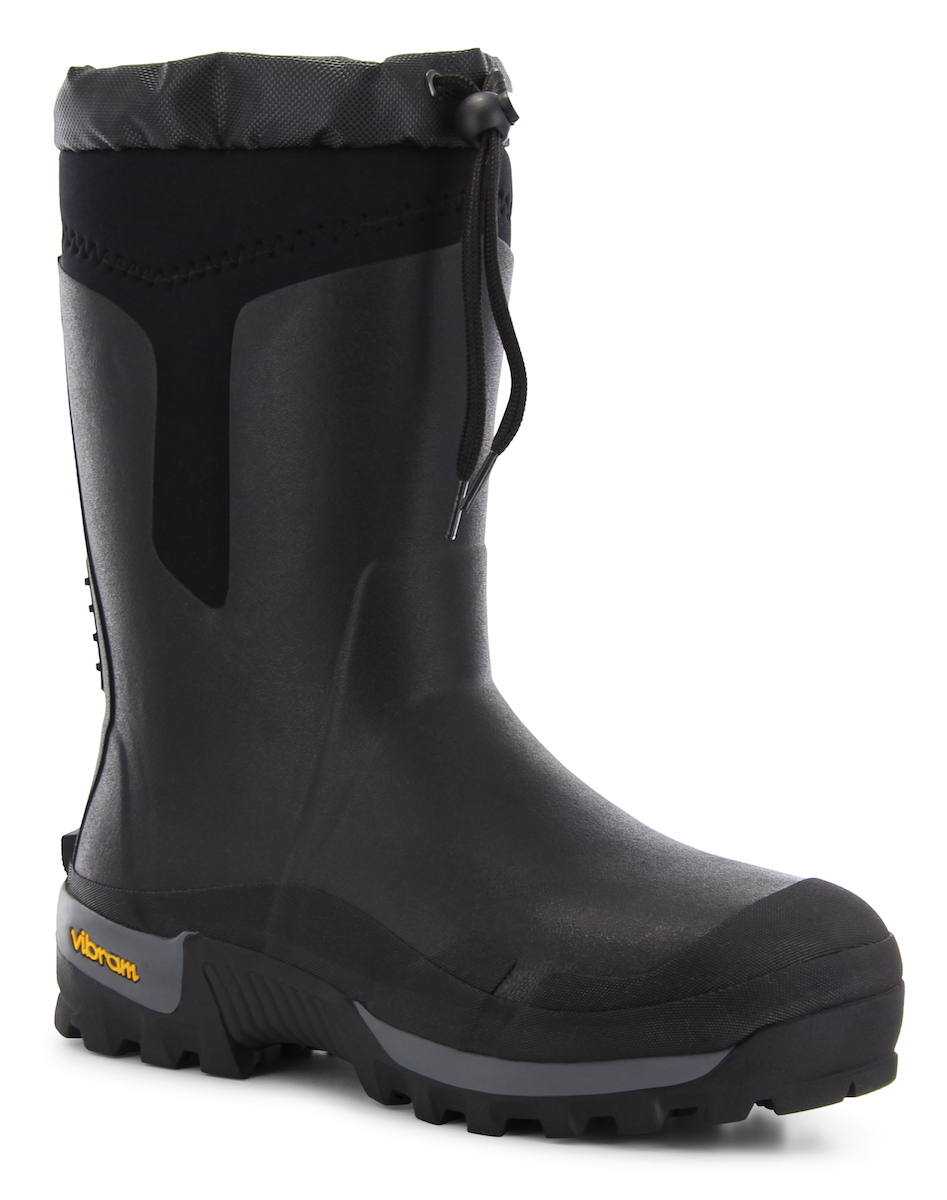
A gaiter toggle like on this Western Chief Arctic Neoprene Mid-length boot keeps excess snow and water out.
I expected him to return with good boots because I noticed some of the guides wore what looked like Western Chief Arctic Neoprene boots, which have the most advanced cold-weather gripping system ever created by Vibram and are even engineered to perform on wet ice.
Unfortunately, boot selection in the small fishing village of Port-Menier is limited. Fishing village equals fishing boots and my guide returned with a cheap pair of bright “Kermit the Frog” green fisherman boots. Sure, they got me through the final days of my hunt but, wearing them through the airports on the way home was an embarrassing ordeal. At least they made for a good story and a good rain boot learning experience.
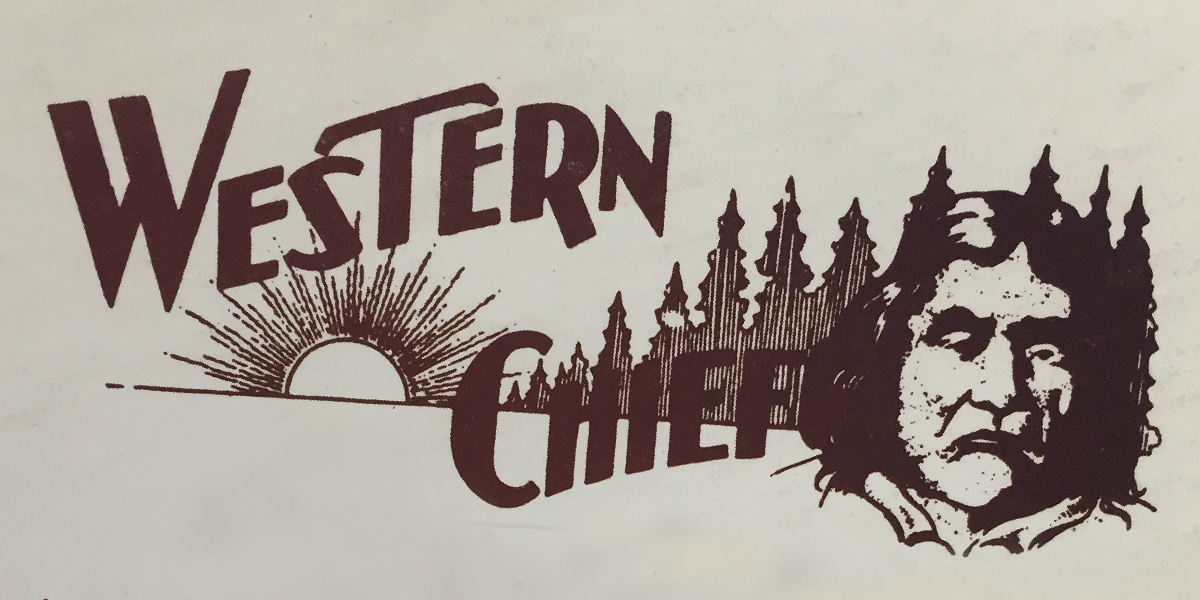
Since 1891, Western Chief, based in the Pacific Northwest, has been making boots for wet weather that hold up against tough weather conditions. Today, they continue making functional outdoor footwear for the entire family.

